India’s child immunisation level is yet to reach the pre-pandemic stage as the national programme missed nearly 1.6 million children for vital vaccines in 2023, a latest global immunisation report released by UNICEF and WHO revealed. It further said India has the second-highest number of zero-dose children, trailing behind Nigeria. The sources from Union Health Ministry, however, said the report did not consider the country’s massive population into account, and called the comparison ‘flawed’ read more
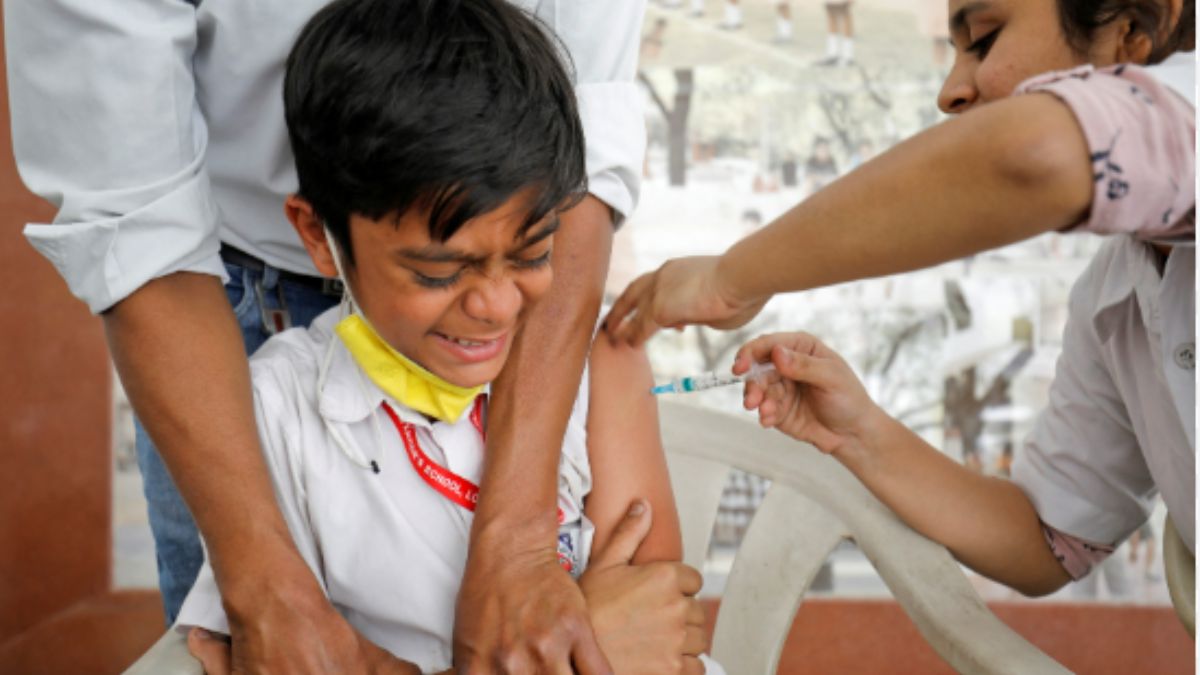)
The latest WHO report revealed that in 2023, 1.6 million children in India did not receive a single dose of the diphtheria, tetanus, and pertussis (DTP) vaccine or the measles-containing vaccine (MCV). Image for Representation. Reuters
Three years post-pandemic, India’s child immunisation level is yet to reach the pre-pandemic stage as the national programme missed nearly 1.6 million children for vital vaccines in 2023, a latest global immunisation report released by UNICEF and WHO revealed.
In 2021, India had the highest number of ‘zero-dose children’ worldwide, with 2.7 million children missing essential vaccinations due to the COVID-19 induced lockdowns that disrupted vaccination programmes. Although India’s global ranking has improved since then, it still remains the second-highest country for unvaccinated children trailing only Nigeria, with 2.1 million zero-dose children recorded in the same year.
In response to the alarming report, sources from the country’s Union Health Ministry dismissed the findings and called the comparison “flawed”. They further reaffirmed the country’s commitment to reducing the number of zero-dose children.
Here’s a closer look at what the WHO report and the government’s response
What did the WHO report say?
The latest WHO report revealed that in 2023, 1.6 million children in India did not receive a single dose of the diphtheria, tetanus, and pertussis (DTP) vaccine or the measles-containing vaccine (MCV).
The DTP vaccine, typically administered around two months of age, saw an increase in missed doses from 13.9 million in 2022 to 14.5 million in 2023, with India accounting for 11 per cent of these missed vaccinations. Nigeria led the list at 15 per cent, with other countries including Ethiopia, the Democratic Republic of Congo, Sudan, Indonesia, Yemen, Afghanistan, and Pakistan also noted for high numbers of unvaccinated children.
The report also highlighted that 6.5 million children globally did not complete their crucial third dose of the DTP vaccine.
“The latest trends demonstrate that many countries continue to miss far too many children,” UNICEF Executive Director Catherine Russel said.
Saima Wazed, Regional Director, WHO South-East Asia echoed similar concerns calling for “urgent and accelerated action”.
Vaccination numbers for Measles
India is among the 10 countries that account for 55 per cent of children globally without the measles vaccine. The proportion of vaccinated children in India stands between 90-94 per cent in 2023.
“The countries with most ‘measles zero dose’ children are a mix of those with large birth cohorts, weak health systems, or both,” the report noted.
Measles, a vaccine-preventable viral disease, predominantly affects young children. It manifests with flu-like symptoms and characteristic rashes all over the body. In severe cases, it can lead to pneumonia and brain inflammation, which can be fatal.
In 2019, India, along with other countries in the WHO South-East Asia Region, adopted the goal of eliminating measles and rubella by 2023. However, an assessment found that nearly 75 per cent of districts were far from meeting this target, leading the government to defer the deadline, which till date remains unset.
“No child should fall sick or die of any vaccine-preventable disease when safe and effective vaccines exist to protect them against these deadly diseases,” emphasised the WHO South-East Asia regional director.
The health body further said that India and other South Asian countries should strengthen efforts at all levels, with tailored approaches at sub-national levels, to identify and immunise unvaccinated and under-vaccinated children.
The response
On Wednesday, the Indian government responded sharply, disagreeing with the findings and calling the health body’s comparison between countries “flawed.”
India is followed by 19 other countries, including Ethiopia, Congo, Sudan, Indonesia, Yemen, Afghanistan, Angola, Pakistan, Somalia, Vietnam, Madagascar, Mexico, South Africa, Mali, DPRK, China, Guinea, and Myanmar, which were prioritised in the Immunisation Agenda 2030 (IA2030) based on their number of zero-dose children in 2021.
However, the sources from the Union Health Ministry told PTI that the WHO report failed to take into account India’s massive population while comparing children’s vaccination data with other countries.
“Even though India has the second highest (number of) zero-dose children in the world, it accounts for 0.11 per cent of the country’s total population,” said official sources adding that “The comparison is flawed as the base population has not been taken into consideration.”
They further asserted that India is steadfast in its commitment to reduce the number of zero-dose children and highlighted that the country’s antigen-wise coverage is better than the world average for all antigens in 2023.
India’s DPT1 (Diphtheria-Tetanus-Pertussis Vaccine) coverage, a proxy for zero-dose, is 93 per cent, whereas the global average is 89 per cent. “Thus, India is 4 per cent better than the world,” the source said.
India’s DPT3 coverage, a proxy for under-vaccinated, is 91 per cent, compared to the global average of 84 per cent, making India 7 per cent better than the world. Additionally, India’s MCV1 (Measles zero dose) coverage is 92 per cent, whereas the global average is 83 per cent.”Thus, India is 10 per cent better than the world,” source was quoted as saying by PTI.
All efforts are being made to reach these zero-dose children. A special zero-dose plan has been implemented, stated the health ministry sources.
_
With input from agencies_

 2 months ago
37
2 months ago
37

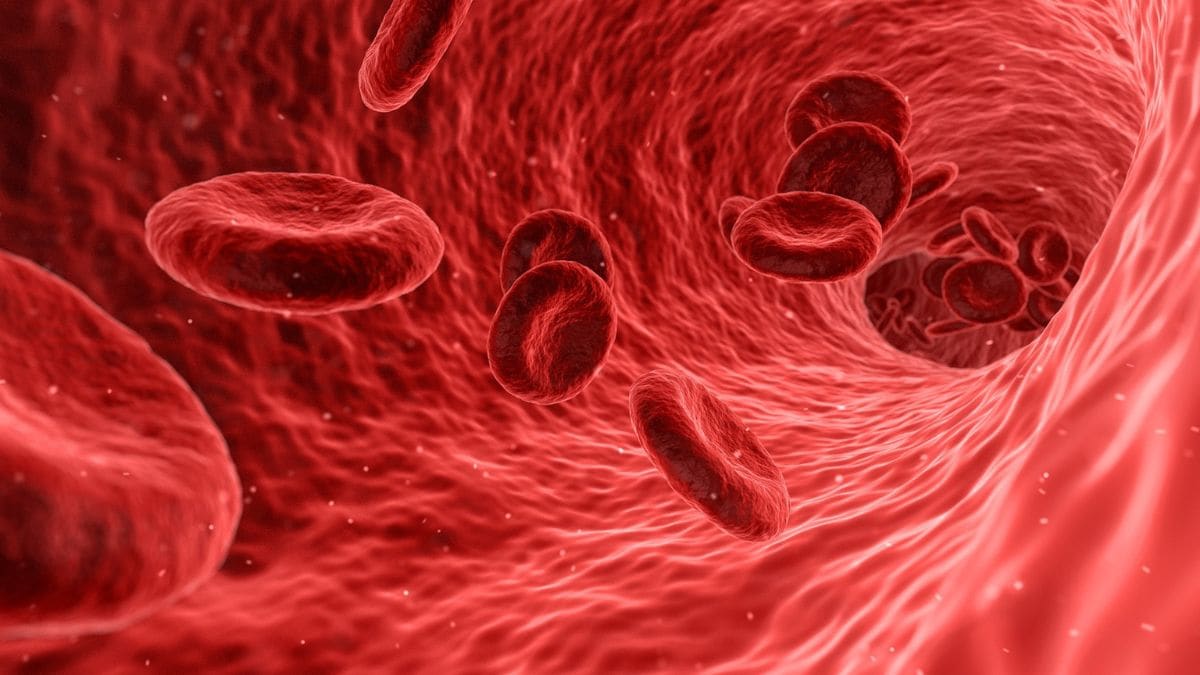
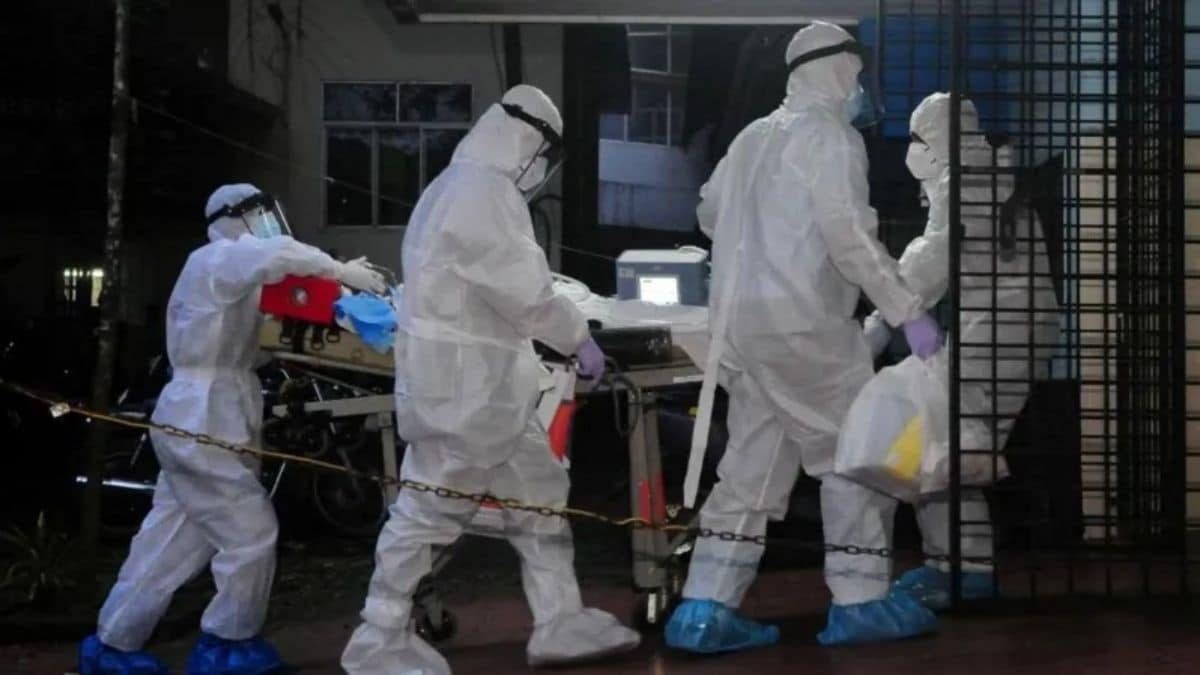

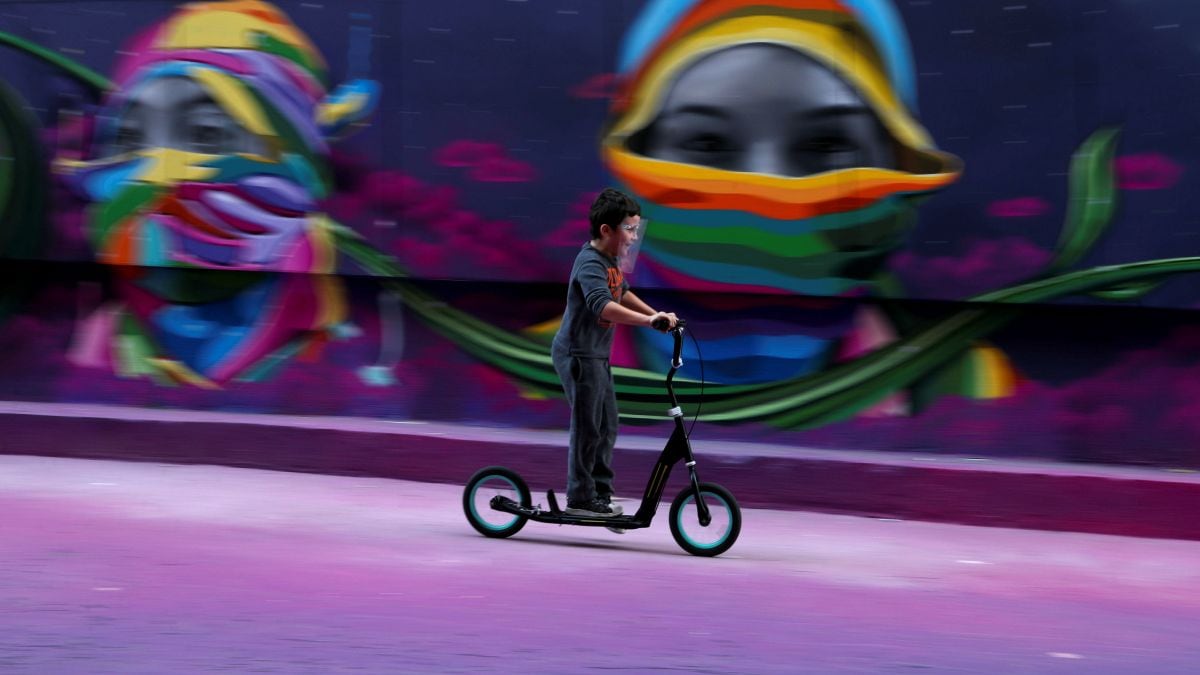




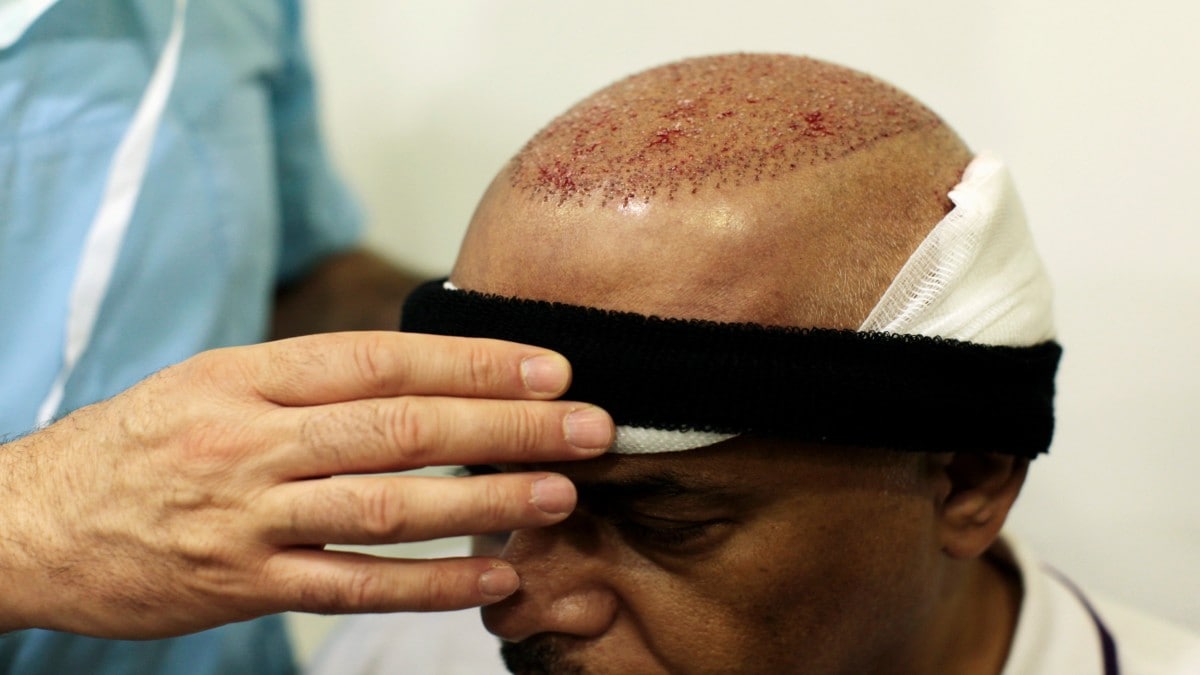




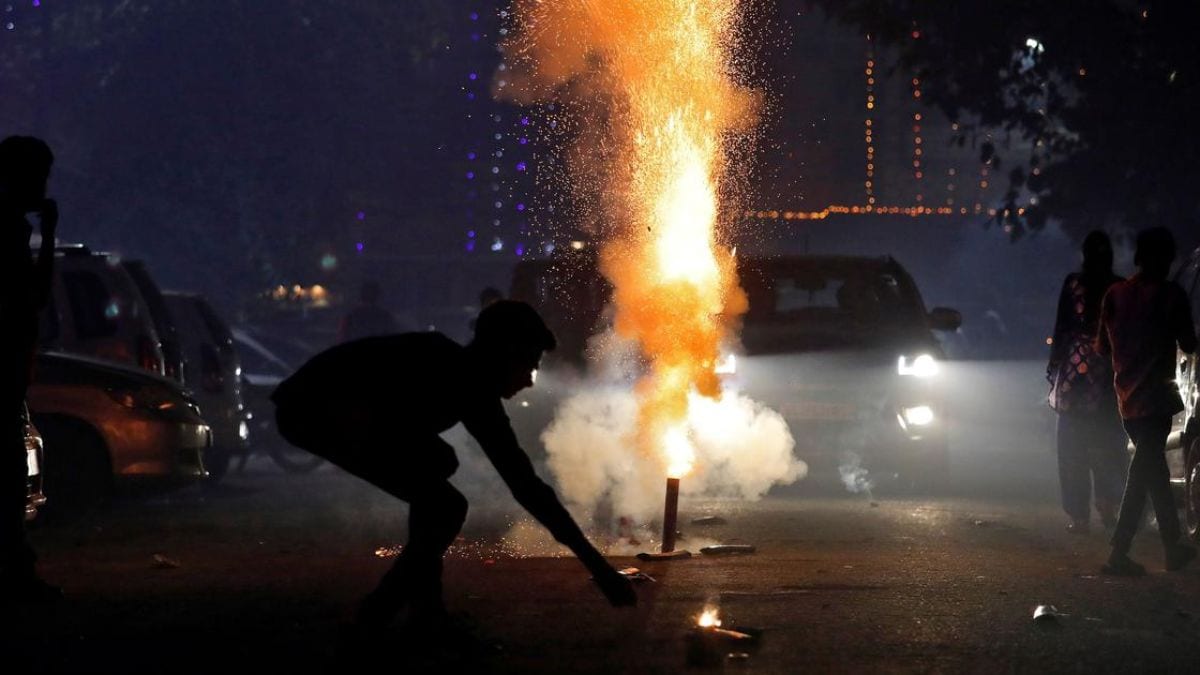
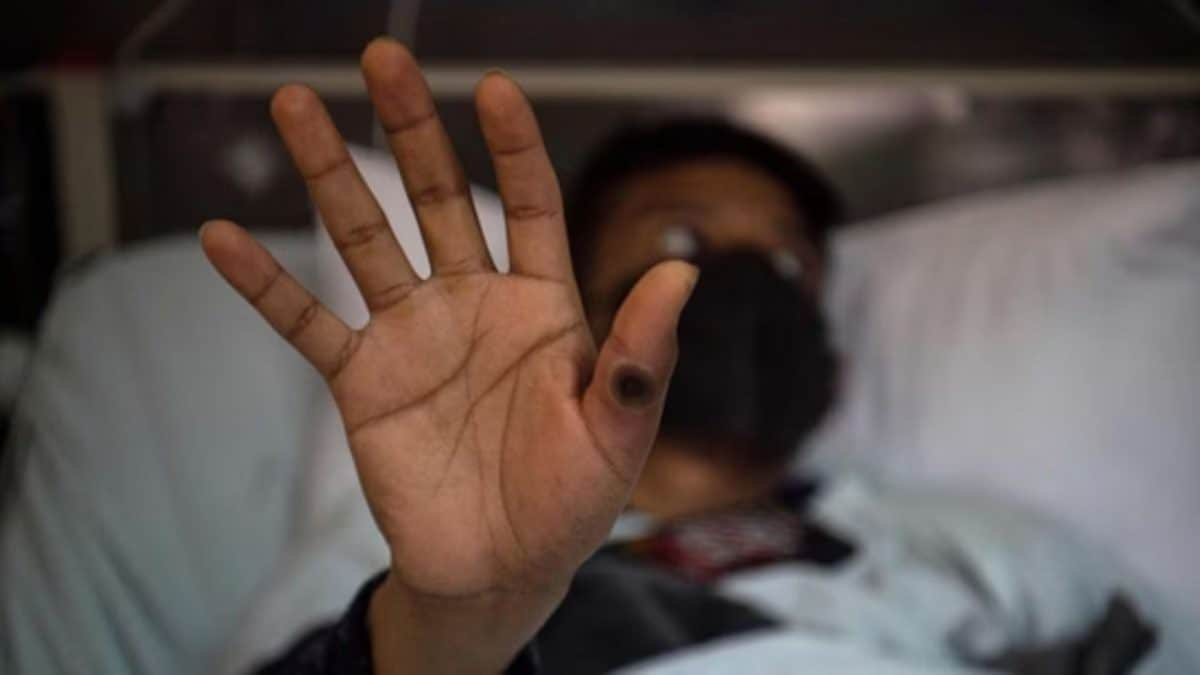


)
)
)
)
)
)
)
 English (US) ·
English (US) ·